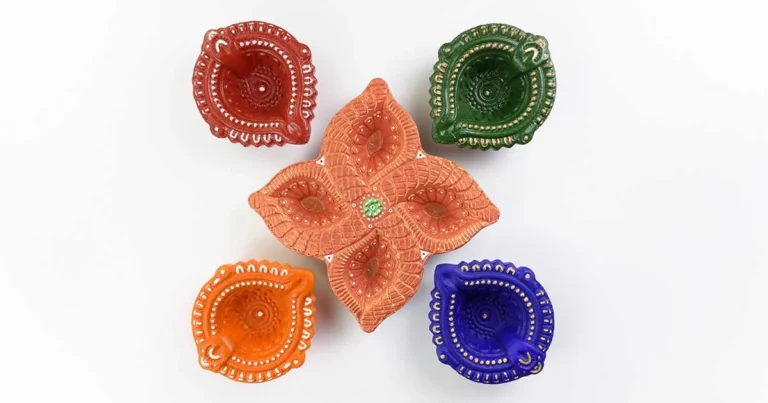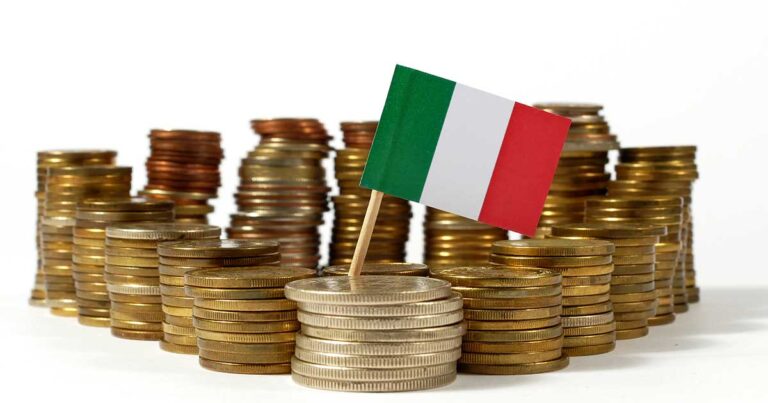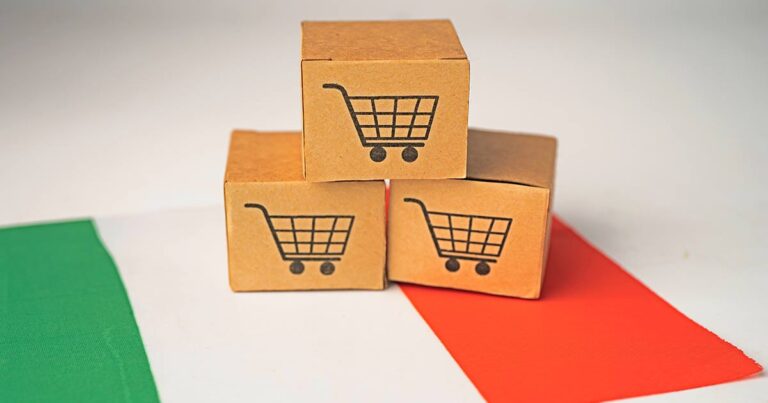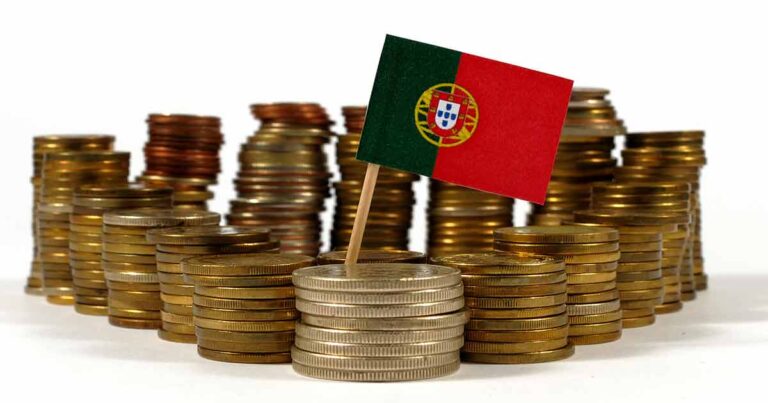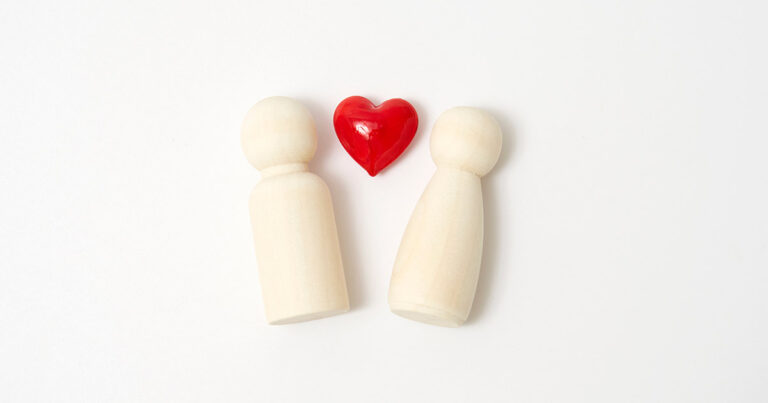A witty guide to navigating the US measurement system

This article covers:
Ah, the United States, the land of the free and the home of the confusing measurement system. Our dear friends across the pond might scratch their heads when they hear us talk about Fahrenheit, miles, and pounds.
Who needs Celsius, kilometres, and kilograms when you have the thrill of doing mental gymnastics every time you try to convert these things? But fear not, international buds! We’ve compiled a quick guide to help you navigate the confusing and complicated art of the US measure system.
Now you, too, can join in the fun of being puzzled and bewildered by our wacky ways.
What measurement system does the US use?
The United States is still using the Imperial System – or, if we’re being fancy here, the United States customary units.
Come on America, it’s the 21st century. We guess that the main reason why they haven’t switched to the metric system is time and money.
Back in the Industrial Revolution days, we developed pricey manufacturing plants and constructed machinery all according to US measure system.
And listen, getting people to change is no easy feat – just ask anyone who’s ever tried to convince their grandparents to use a touchscreen instead of a rotary phone.
So there you have it, folks – we’re stuck with our inches and feet and miles for the time being.
Fahrenheit to Celsius
Ah, the classic struggle of a non-American with an American roommate. You’re hanging out, enjoying each other’s company, and then you bring up the weather. Innocent enough, right? Wrong. As soon as you mention a temperature in Celsius, your roommate looks at you like you’re speaking a foreign language (which, to be fair, you sort of are).
And then, just to really throw a wrench on things, they hit you with the old “what’s 36 degrees Celsius in Fahrenheit?” question. Brilliant. Because obviously, as immigrants and metric system enthusiasts, we have nothing better to do than memorize arcane temperature conversions.
But fret not, my friends. Here’s a simple formula:
- Subtract 32 from the Fahrenheit temperature.
- Multiply this number by five.
- Divide the result by nine.
Well, aren’t we fancy with our actual formula for converting Fahrenheit to Celsius? While you’re over there performing math acrobatics, I’ll just stick to my trusty quick estimation method. Subtract 30, divide by two, and boom – I’ve got a rough idea of the temperature in Celsius. Plus, if all else fails, I’ll just remember that 32 Fahrenheit equals 0 Celsius and call it a day
Weather
32 F = Freezing temperature
Anything below 32 F = Freezing cold
Anything between 32 F to 59 F = cold
Anything between 60 F to 80 F = a nice in-between temperature.
Anything above 80 F= hot
With a little bit of practice, you too can impress your American pals with your temperature conversion skills. And hey, who knows? Maybe they’ll even learn something new.
Dates – MMDDYYYY
It’s time to play the good old game of “guess the date” for all of my international friends out there. You know, that fun game where you see a date like 8/6/2023 and think “Ah yes, June 8th!” only to be reminded by your American friend that it’s actually August 6th.
Why can’t we just all get on the same page with this? But I guess it makes sense, right? MMDDYYYY, it’s so easy to remember…if you’re from the U.S.
So, if you don’t want to miss any important deadlines or appointments, make sure to brush up on your date interpretation skills. Don’t be the one who shows up a month late for their own wedding (yes, it’s happened before).
Height
So, you’re at the hospital for a routine check-up. The nurse approaches you with a smile, ready to measure your height. “What’s your height, sir?” she asks. You confidently reply, “178 cm.” And that’s when it happens. Her face goes into screensaver mode.
You know the one – the blank stare as she tries to process the metric system. Suddenly, she brings you back to reality with a reminder that height is measured in feet and inches, not centimetres. You can’t help but chuckle to yourself.
Just divide by 30.48 to get feet and divide the rest by 12 to get inches. Piece of cake, right? WRONG. It’s mental gymnastics on a whole new level. My advice? Don’t even bother. Just do yourself a favour and Google the answer.
Trust me, it’s a lot less frustrating than trying to remember how many inches there are in a foot.
TLDR: Google is your best friend.
Weight
Ah, yes, the question we all love to hate – “what’s your weight?” Because nothing screams “casual conversation” quite like asking someone to reveal their insecurities. But, fear not my fellow insecure individuals, today we’re not talking about your actual weight.
No, no, we’re focusing on something equally as important – how to convert pounds to kg. Because let’s be real when you’re in the supermarket trying to bake a cake and the recipe calls for 500g of flour, seeing “2.2 lbs” on the bag is about as helpful as a pogo stick in a swimming pool. And heaven forbid you accidentally buy too much flour – next thing you know you’re knee-deep in dough with no escape.
TLDR: 1kg = 2.2 pounds
Volume
Who knew that knowing the difference between ounces and gallons could mean the difference between life and…well, you know the rest. Always thought your knowledge of the US measure system began and ended with baking recipes and the occasional grocery store run?
We hate to break this to you but if you decided to take up a job, like becoming a nurse, you will quickly realize that these seemingly insignificant measurements suddenly held a lot of weight.
But hey, if you need to memorize them for the job, you might as well find a way to make them stick, right?
| Unit of Measurement | Metric Equivalent | U.S. System |
| 1 ounce | 29.57 ml | 1 (fluid) oz. |
| 1 cup | 236.59 ml | 8 (fluid) oz. |
| 1 pint | 473.18 ml | 16 (fluid) oz. |
| 1 quart | 946.36 ml | 32 (fluid) oz. |
| 1 gallon | 3.785 litres | 128 (fluid) oz. |
Gas
So, let’s talk about the age-old debate: right-hand drive versus left-hand drive. It’s like living in a mirror world, right? But honestly, while you’re busy trying to figure out which side of the car is the driver’s seat, the real headache is getting gas in your ride. And no, we don’t mean blowing up your car like a pool floaties. We’re talking about the American way of saying petrol, or “gas” if you’re feeling casual.
And get this, it’s measured in gallons! Not litres, not pints, not even ounces. Just good ole giant, unwieldy gallons. For those metric-system-deficient souls out there, that’s roughly 3.785 litres per gallon. But let’s get real, if you’re living in a big city in the US of A, cars might not be all that necessary anyway. Save yourself some petrol, I mean “gas”, and just hop on a bike.
TLDR: 3.78 litres = 1 gallon
Speed
So, you’re cruising down the American highway, feeling like a boss, thinking “I’m going 65, baby!” But wait a minute, my non-US friend, that’s not actually 65 km/h, no sir. That’s a whopping 100 km/h!
Slow down there, speed demon, you’re gonna get us all a ticket. It’s enough to make your head spin and worry that you’ve accidentally drifted into the Indy 500.
But fear not, my bewildered friend, I have the ultimate solution. Simply take your mph and multiply it by 1.609 to get your km/h.
Voila! Now you can drive like a sane human being, with full knowledge of your speed and the confidence of someone who isn’t a suspect in a high-speed police chase.
PS: If you’ve recently left the US and are driving at 65, don’t be surprised if you see people giving you dirty looks. You might as well have a “slowpoke” sign on your car. Are you dragging an elephant on your back bumper?
TLDR:
1 mile is 1.6km
1 mph = 1.60934 km/h
Area
So, you’re thinking about buying a house? Congrats! But let’s be real, who cares about the size of the backyard when you’re too busy imagining yourself soaking in a bubble bath in the luxurious master bathroom?
However, if you’re buying a house in the US, you better care about getting your money’s worth. And that means understanding how many square feet you’re getting for your hard-earned cash.
As for acres and hectares? While Europe might have their hectares and the U.S. has its acres, we can at least take solace in the fact that we don’t need those fancy measurements to buy a house. But hey, it’s always good to know how to convert square meters to square feet, just in case you want to show off your math skills to your friends at the next barbecue.
TLDR:
1 square meter = 10 square foot
1 hectare = 2.47 acres.
Before you go…
Let’s be real, the US metric system is a headache. It’s like trying to solve a math problem with letters instead of numbers; it just doesn’t make sense.
So, if you’re an expat living in the land of the confusing conversion, the last thing you want is to add more math to the mix.
That’s where Instarem comes in. Think of us as your personal math tutor but without the chalk dust and boring lectures.
We’ve got rate alerts, transaction timelines, and multiple payment methods to make sure you don’t have to do any mathematical gymnastics in your head.

Stick with us, and we’ll make sure to save you the fees, exchange rates, and plenty of headaches along the way.

*rates are for display purposes only.
Send money abroad with Instarem for your next transfer by downloading the app or sign up here.
Disclaimer: This article is intended for informational purposes only. All details are accurate at the time of publishing. Instarem has no affiliation or relationship with products or vendors mentioned.
 Get the app
Get the app


